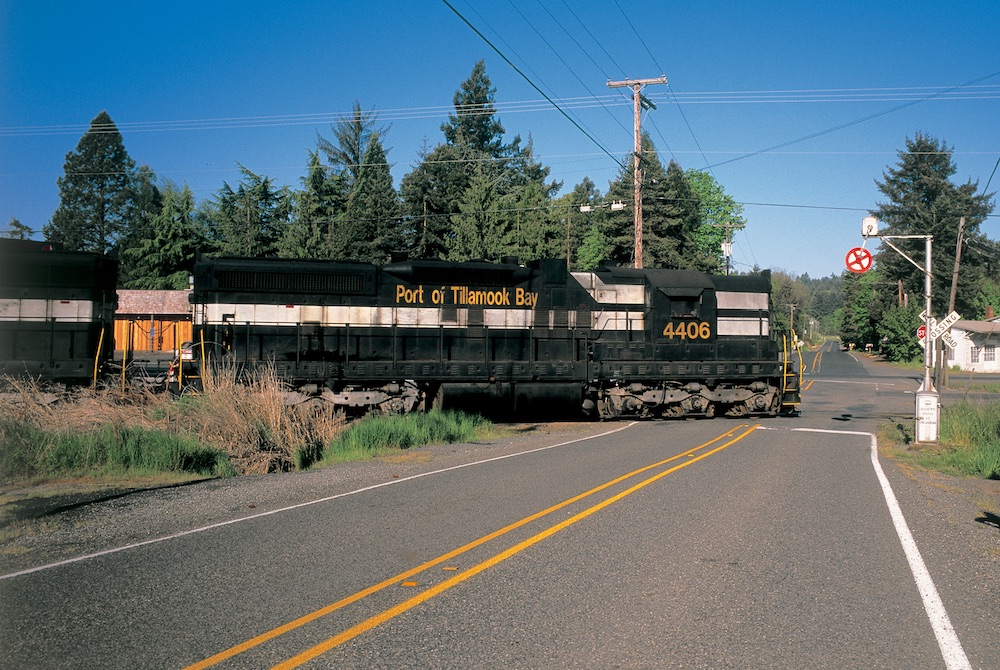
Diesel locomotives today generally have either two- or three-axle trucks, a wheel arrangement called B-B and C-C. The B-B wheel arrangement indicates a two-axle truck with both axles powered, while C-C means a truck with three powered axles. This naming convention uses letters for powered axles and numerals for non-powered “idler” axles — found on older diesels like EMD E units, whose A1A-A1A wheel arrangement indicates three-axle trucks (powered-idler-powered) .
Dieselization was largely accomplished with four-motor units; six-motor power gained prominence in the 1960s.
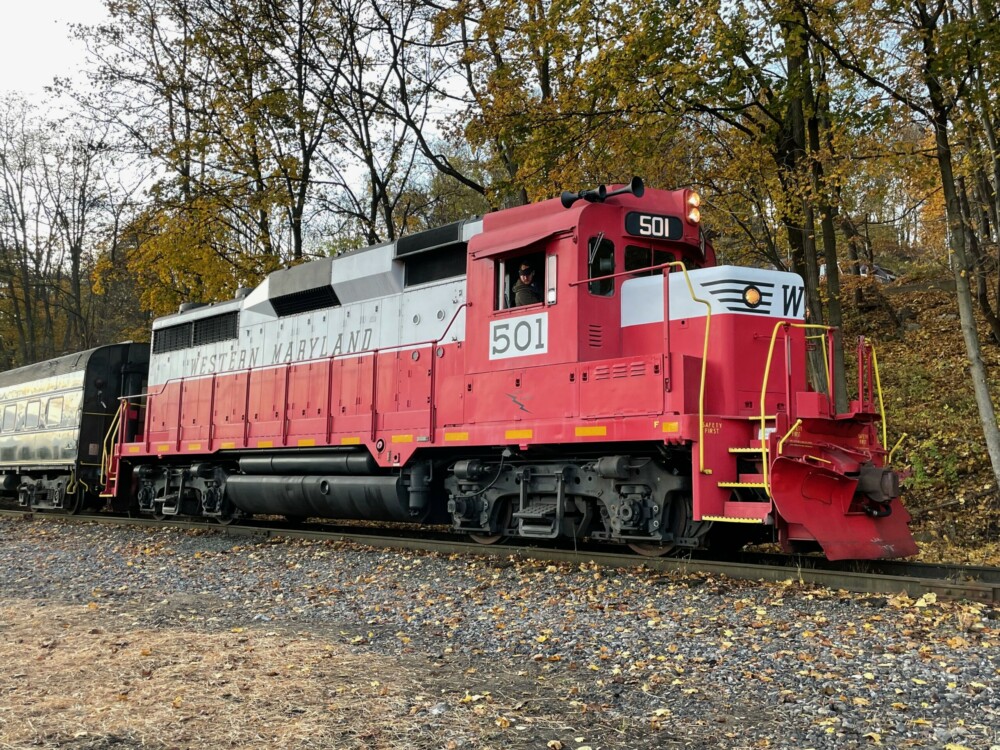
Four axle
The B-B is perhaps the most basic diesel configuration. Its short wheelbase allows it to take sharp curves, and its minimal number of axles and motors keeps costs down.
Its overall weight is limited, however, because the bridges on most railroads keep locomotives to a maximum of 30 to 35 tons per axle. But weight is a virtue in a locomotive; the heavier it is, the less tendency it will have to slip its wheels when starting a train, and the more use it can make of its power.
The flexibility, simplicity, and economy of B-Bs makes them preferred for many short-haul and light-duty situations. Four-motor power now handles practically all passenger trains. When intermodal trains commonly carried only trailers and non-stacked containers, many railroads pulled them with high-horsepower B-Bs. Their tractive effort was sufficient for the relatively light (3,000-5,000 tons) trains; their horsepower was up to keeping the speedsters moving; and they didn’t carry unneeded weight and axles. Conrail and Santa Fe made extensive use of four-axle power to move trailer trains across the country. The advent of 9,000-ton double-stack trains now finds big C-Cs in the intermodal limelight on roads like Union Pacific and CSX.
Six axle
The addition of more axles, as on a C-C unit, allows a heavier locomotive (with its attendant higher wheel-rail adhesion) whose weight per axle is within tolerances.
Just as a locomotive benefits from having its physical load spread out over six axles, it can use more traction motors to distribute its electrical load. The direct current motors used under most diesels are relatively fragile. They must be kept turning at a certain minimum continuous speed when under power or they’ll overheat.
Modern locomotives will automatically reduce power to their motors if speed drops too low (as on a grade); this prevents damage, but also reduces the unit’s power when it’s most needed. A 3,000 hp B-B may have a minimum continuous speed of 13 mph, but the two additional motors under a 3,000 hp C-C allow it to work under maximum power at 9 mph. That 4 mph difference is crucial, because tractive effort — the force applied to turn the locomotive’s wheels and ultimately move the train — climbs steeply in the lower speed ranges.
The greater length and weight-bearing capability of modern C-C’s lets them carry larger fuel tanks than their B-B counterparts. This is a desirable feature, allowing railroads to minimize refueling stops on long runs.
Because of their superior adhesion and slow-speed pulling power, C-Cs have long been preferred by many carriers for heavy trains. High-horsepower models like C44-9Ws can get tonnage moving and maintain speed on grades. At low speeds, even fairly low-horsepower six-axle units like SD38-2s and U23Cs pack a lot of tractive effort. Such units are used to shove cuts of cars over classification humps, to drag transfer consists from yard to yard, and to lug coal and ore trains.
Railroads all have application-specific reasons for choosing one configuration of diesel over another. Roads that do a lot of heavy-hauling might not think it worthwhile to retain a handful of B-Bs for the little light work they have. Others might convert old locomotives into “slugs” by removing their diesel engines and feeding power from an adjacent “mother” unit to their traction motors.






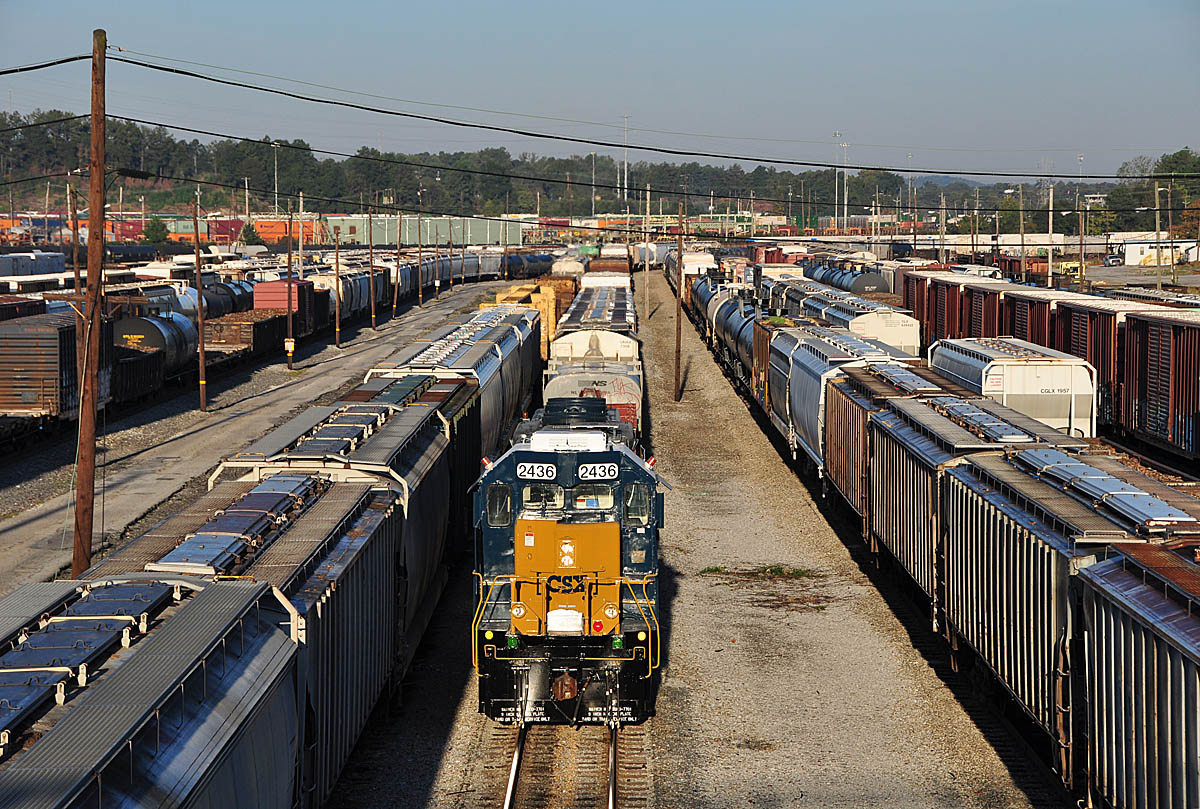
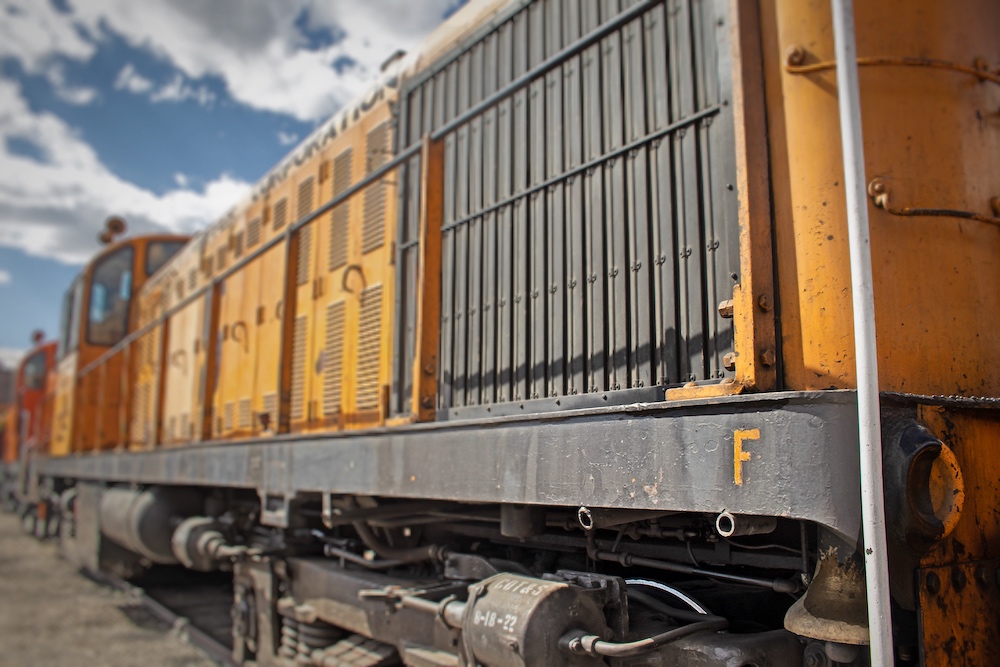
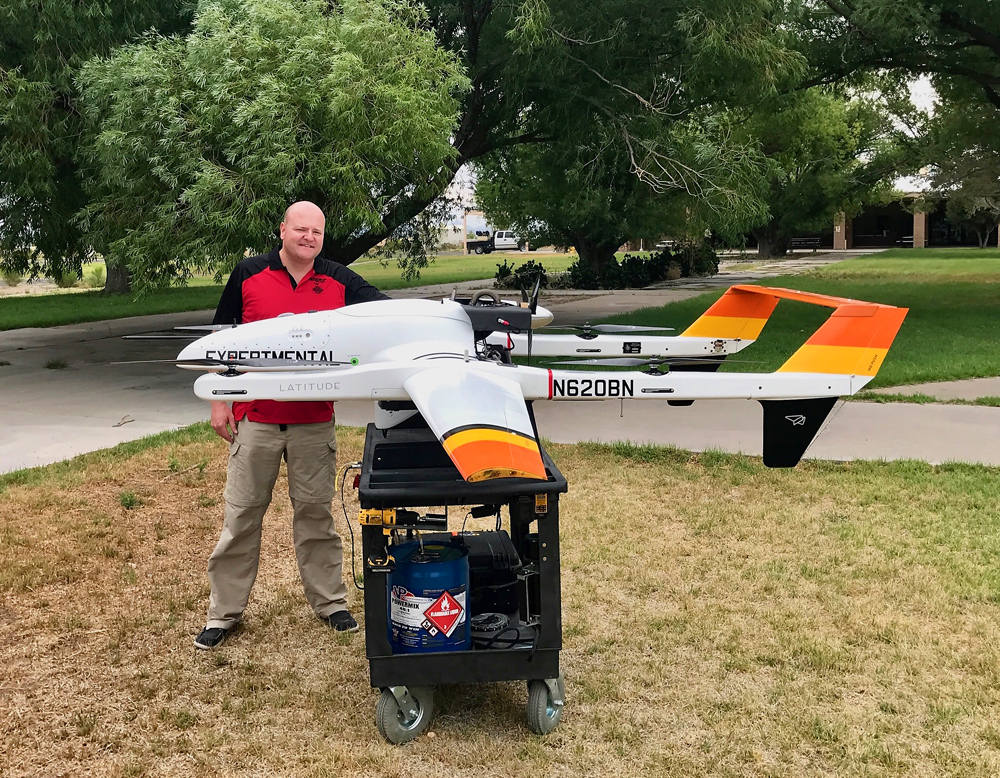




Great explanation of the difference between BB and CC power. I’m a diesel “geek” with real railroad experience and learned a lot from this article.
One of the challenges in writing an article like this for a general audience is to explain the subject in a way that most readers will “get” while still being rigorously correct on the technical details. I think Mr. McGonigal gets a “B” overall. The one thing I insist upon in reading – and evaluating – these articles is proper use of terminology. For example (and this article does not make this error), “tractive effort” is not a “power” measure, it’s a “force”. Force times speed equals power (as does volts times amps, and that IS a major consideration to be understood here)
Specific issues I have here:
– Heavier locomotives do not have “higher wheel-rail adhesion”. Adhesion – the ratio of tractive effort to axle loading – is the same PER AXLE. Six motor – C-C – locomotives simply have more axles, therefore can produce 50% more low-speed, adhesion-limited tractive effort
– The “distribution of electrical load” is correct, sort of, but it’s horsepower per axle that’s distributed.
– The discussion of minimum continuous power is ok as far as it goes, but what’s missing is conveying the important point that power is tractive effort times speed AND current times voltage, so two different minimum continuous speeds are actually points on the same horsepower curve. And, those relationships are also why “tractive effort climbs steeply in the lower speed ranges.”
– The penultimate paragraph again incorrectly attributes to C-Cs “superior adhesion.” It’s just, simply, those two extra axles. And, “low-horsepower” has nothing to do with “a lot of tractive effort”. It’s number of axles and weight per axle, because, in starting, you’re traction motor current- and/or adhesion-limited, not power limited.
One of the biggest reasons for the emergence of six-motor power was the technological development of generators, first DC and later AC (“alternators”, which are of course just AC generators) that were capable of transmitting full engine output for traction to the larger number of traction motors. In fact, it’s not a coincidence that this transition began about the time alternators became standard. Then, when AC inverter drives feeding rugged, commutator-less AC squirrel-cage induction-style traction motors became the de-facto standard, the final nails were driven into the coffin of B-B locomotives for mainline freight service. Yes, of course, there are niche applications where they’ll be around for many years to come, but they won’t be the premiere intermodal and heavy-haul applications.
Dave